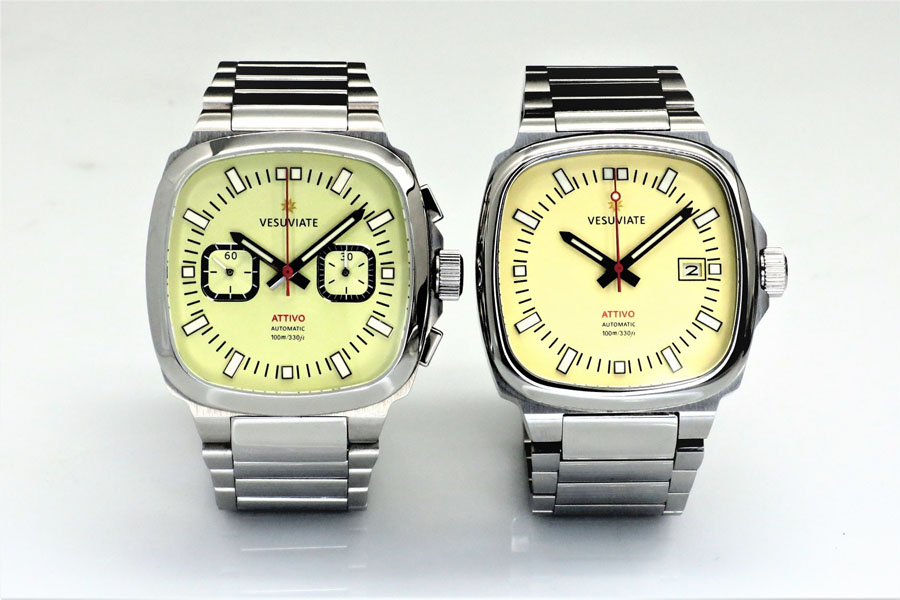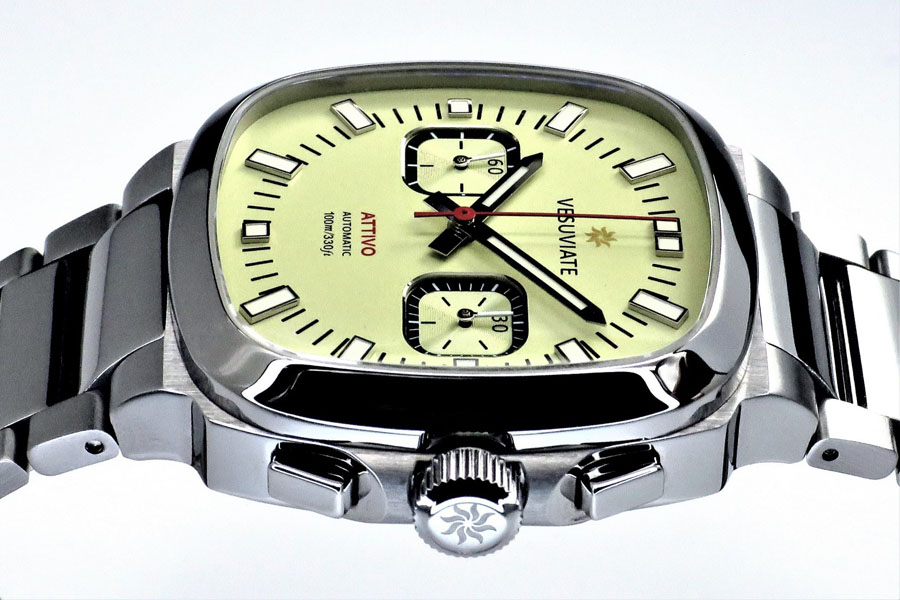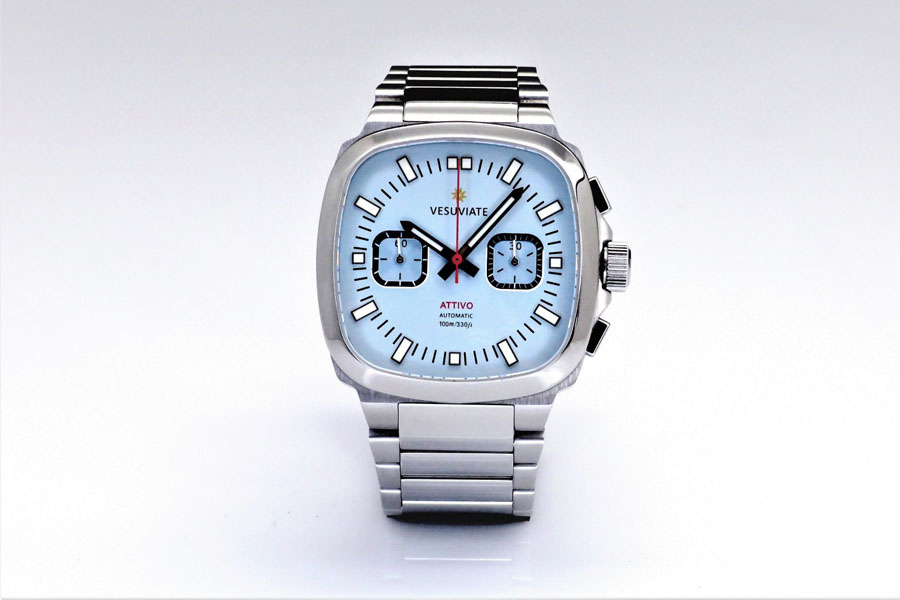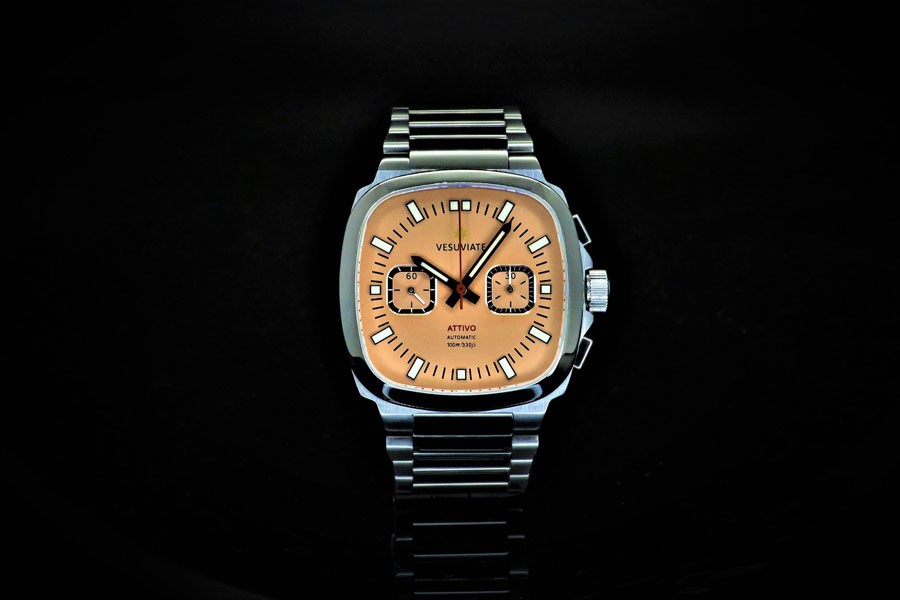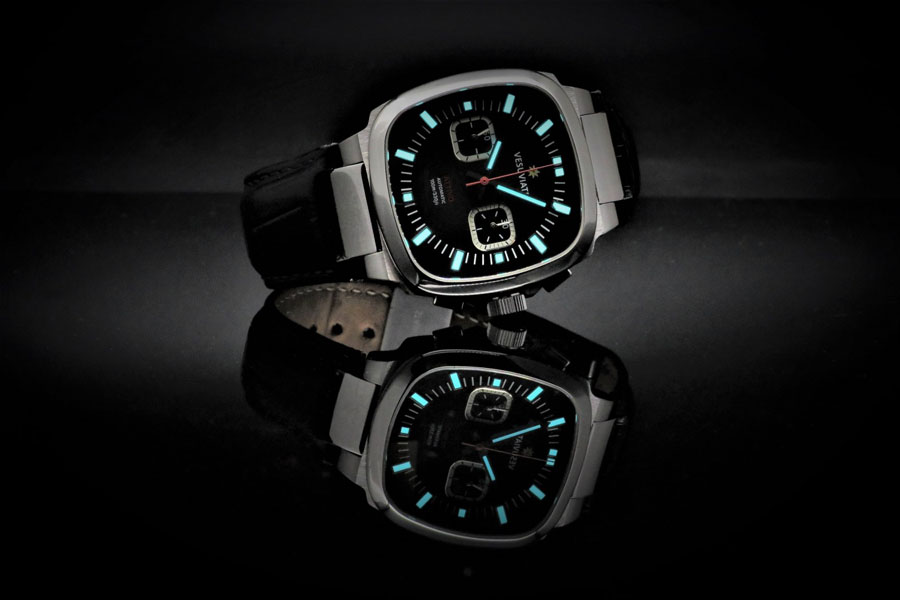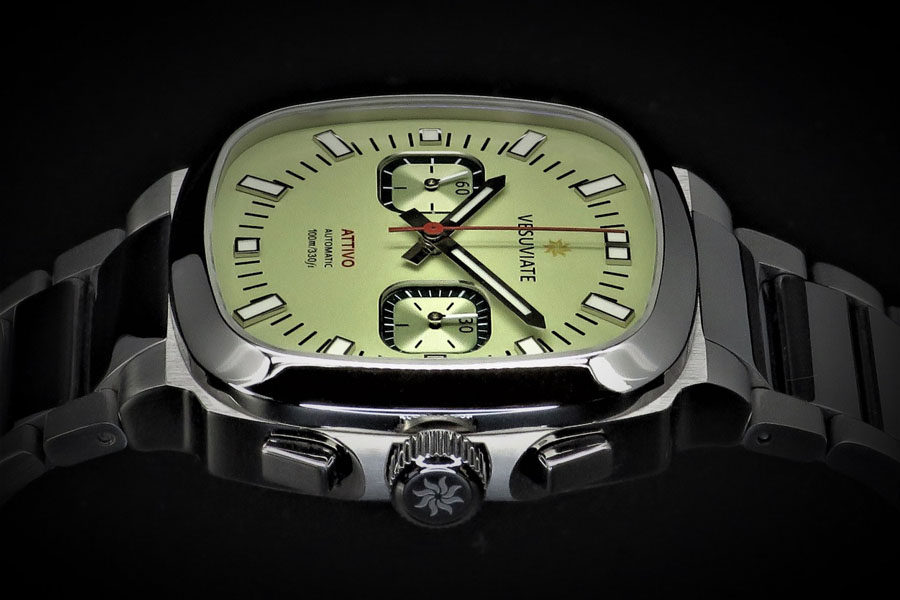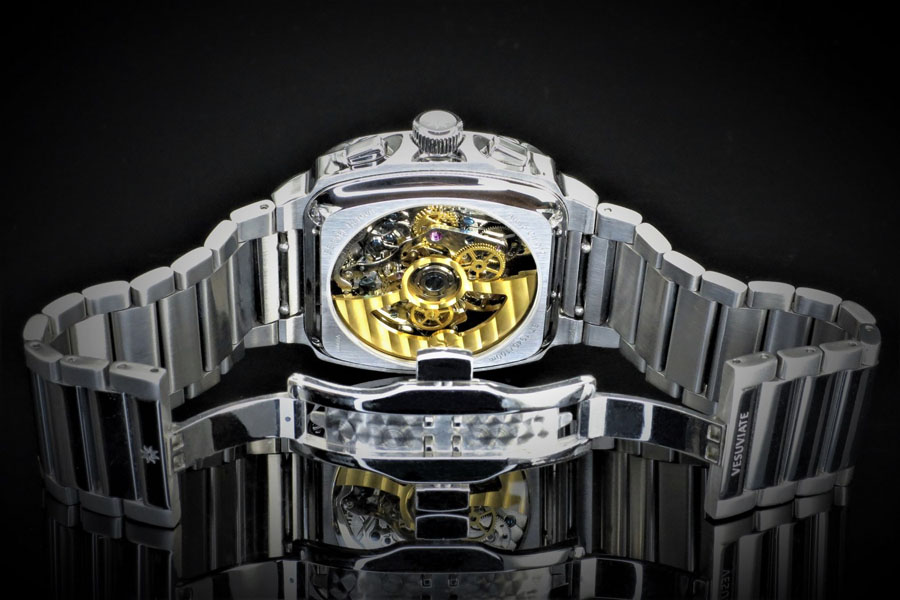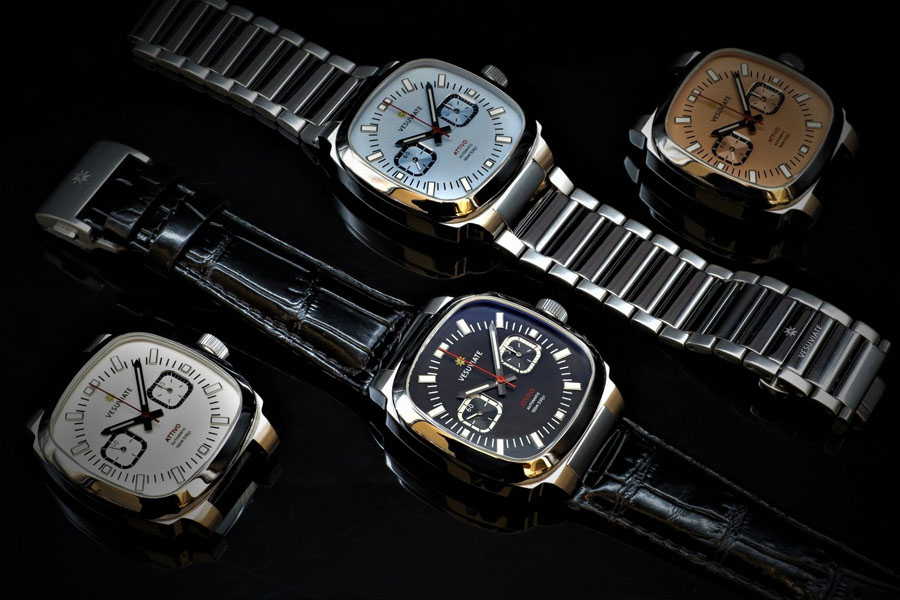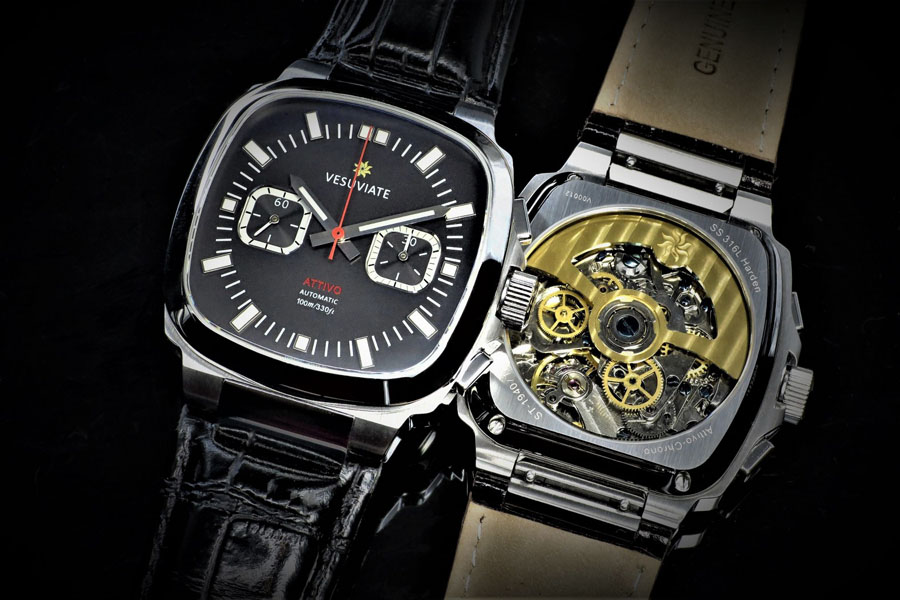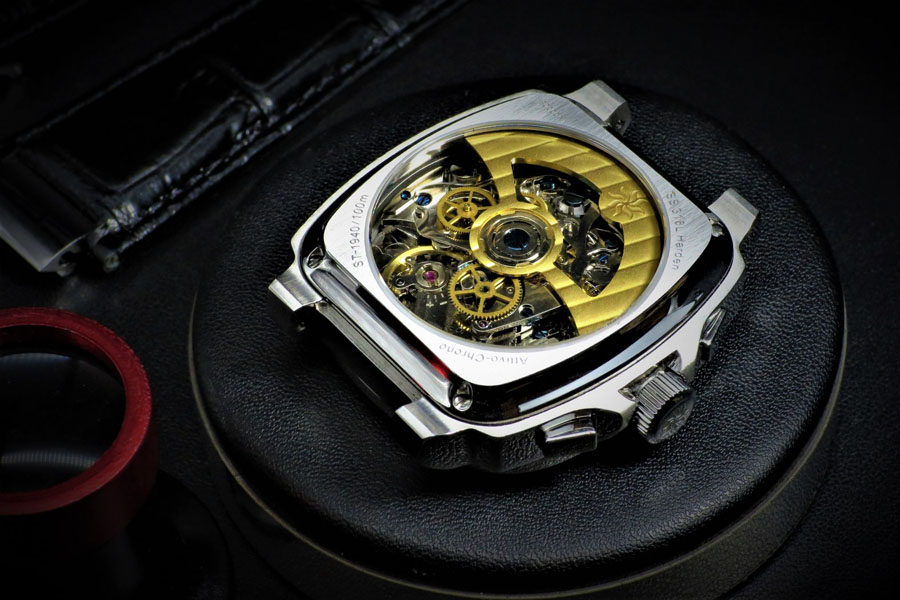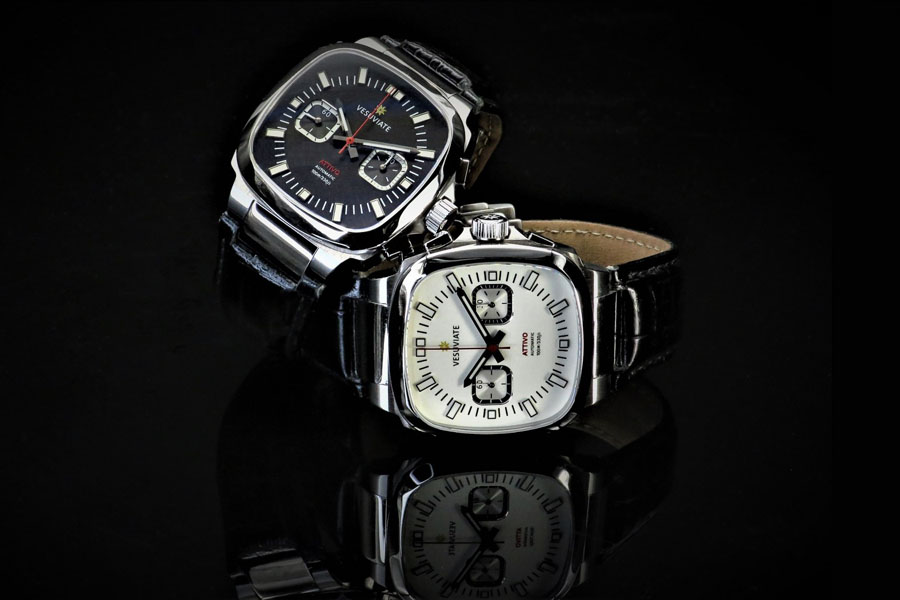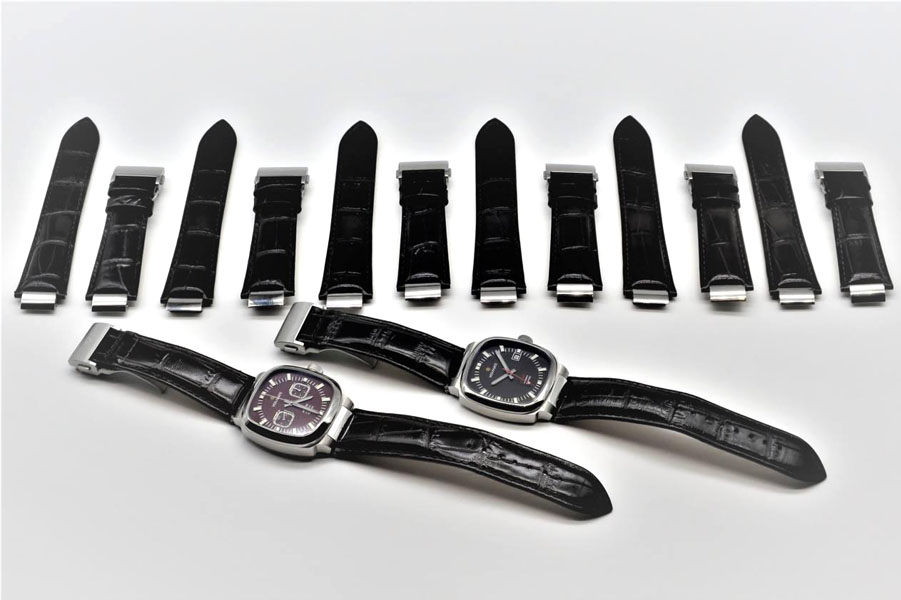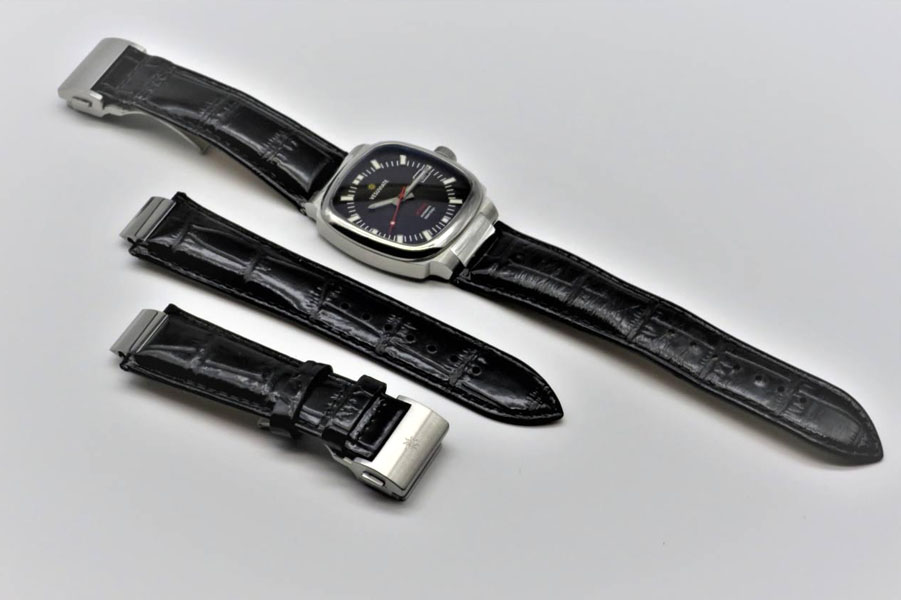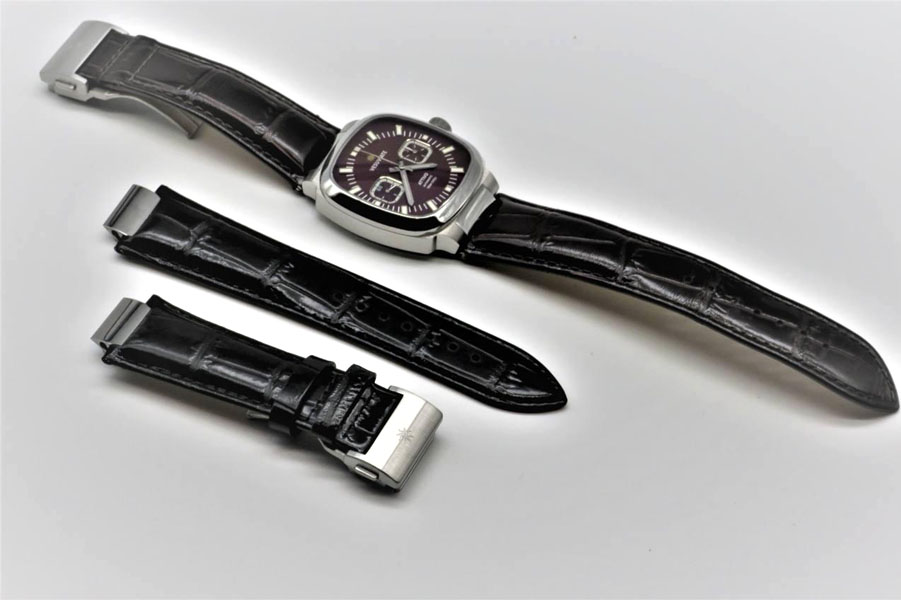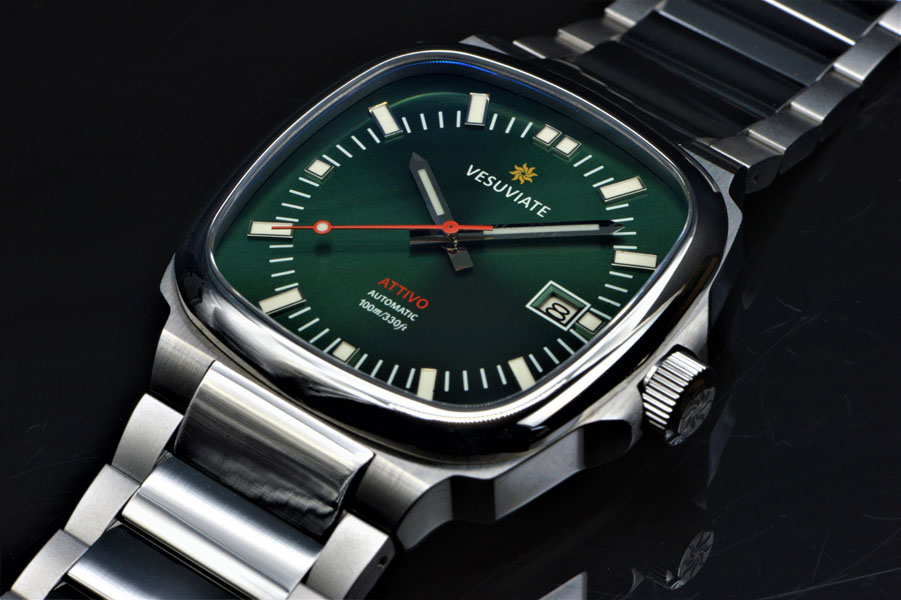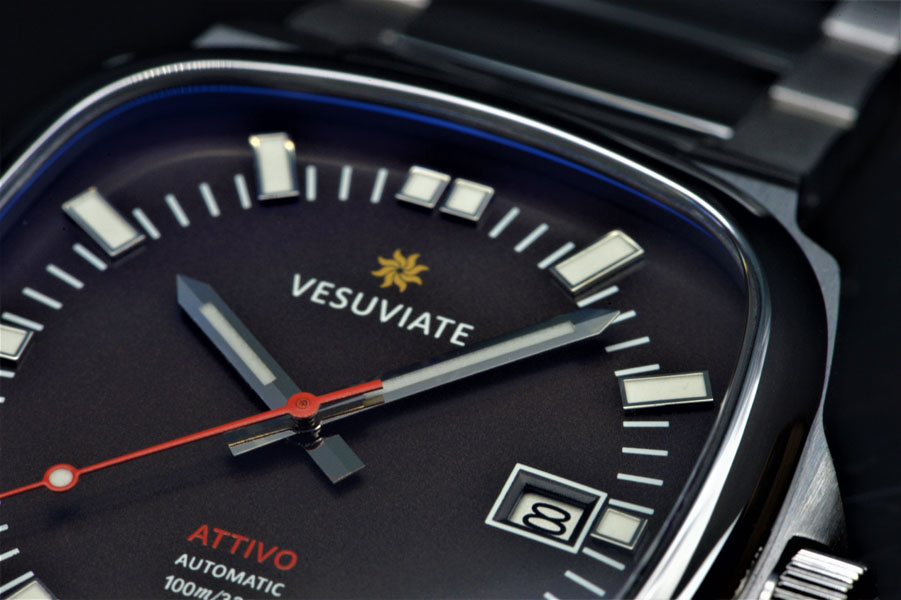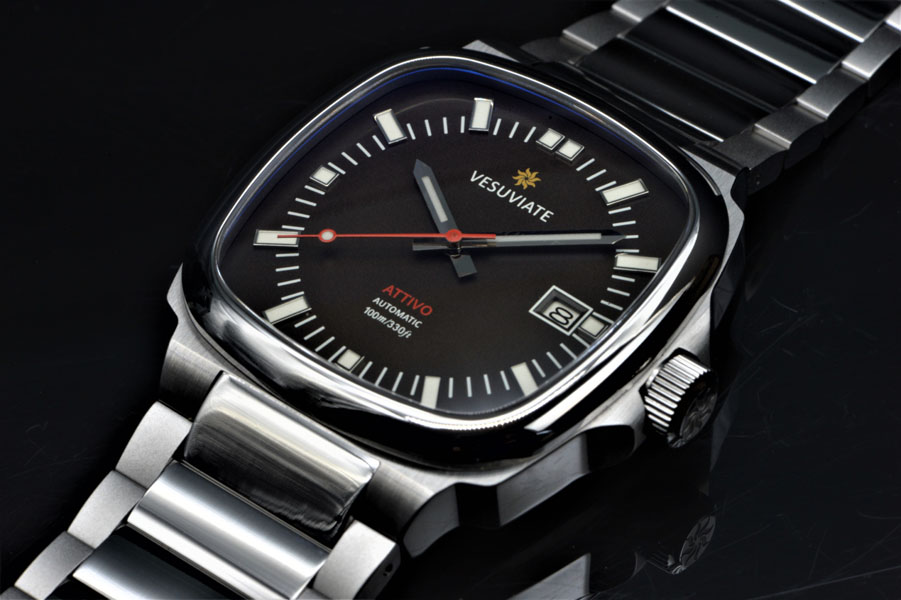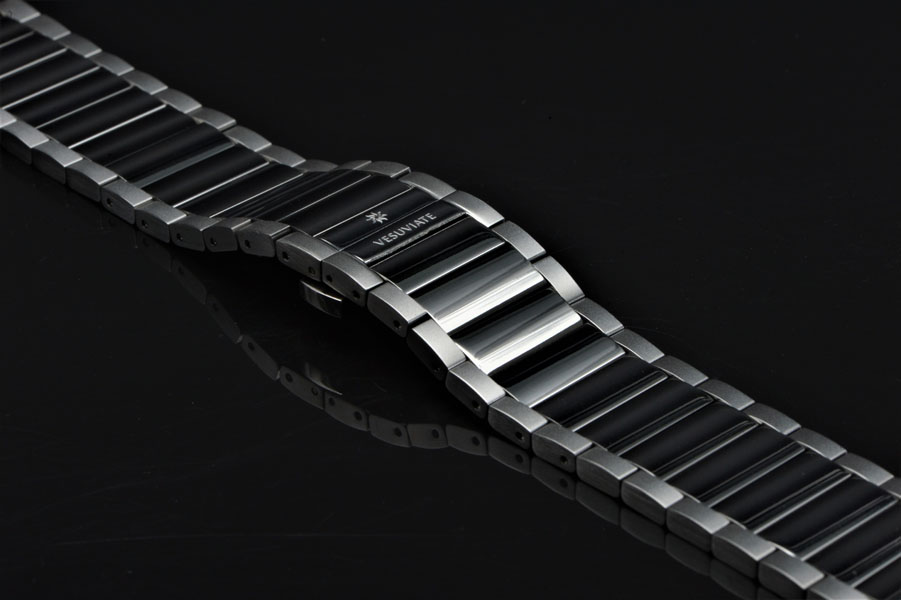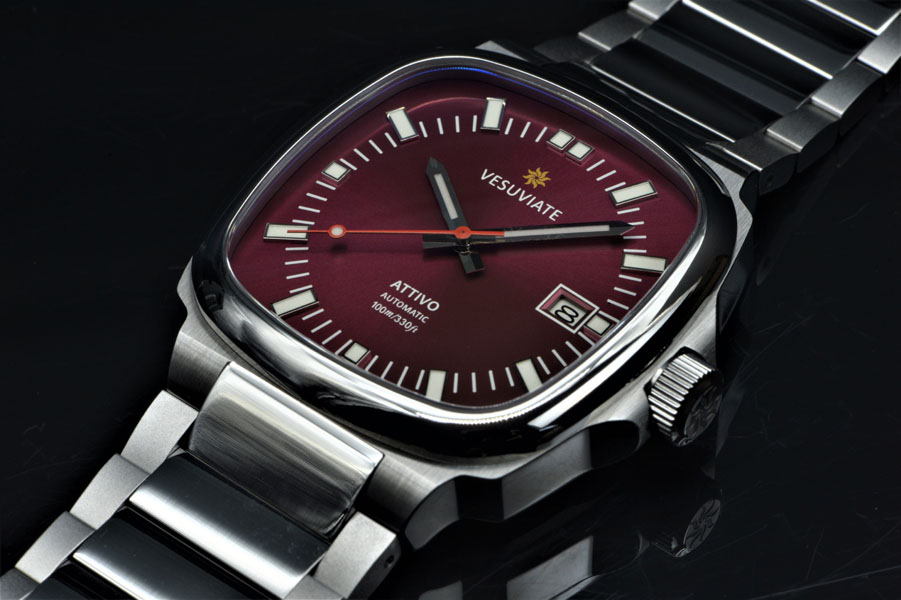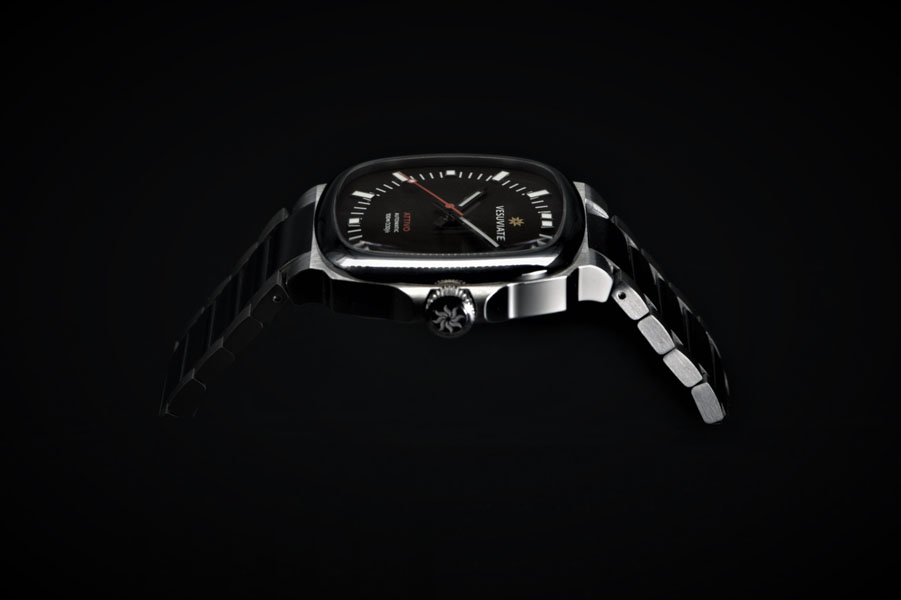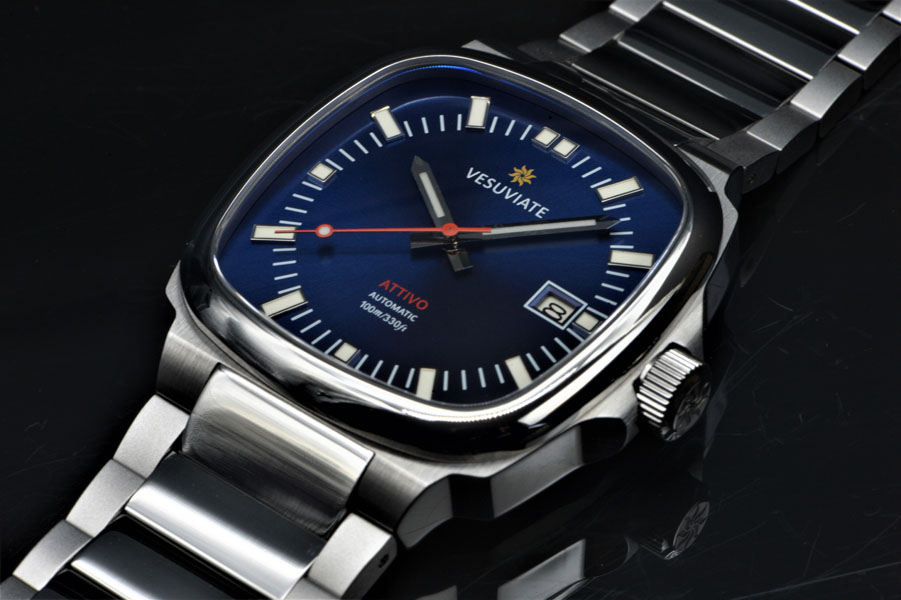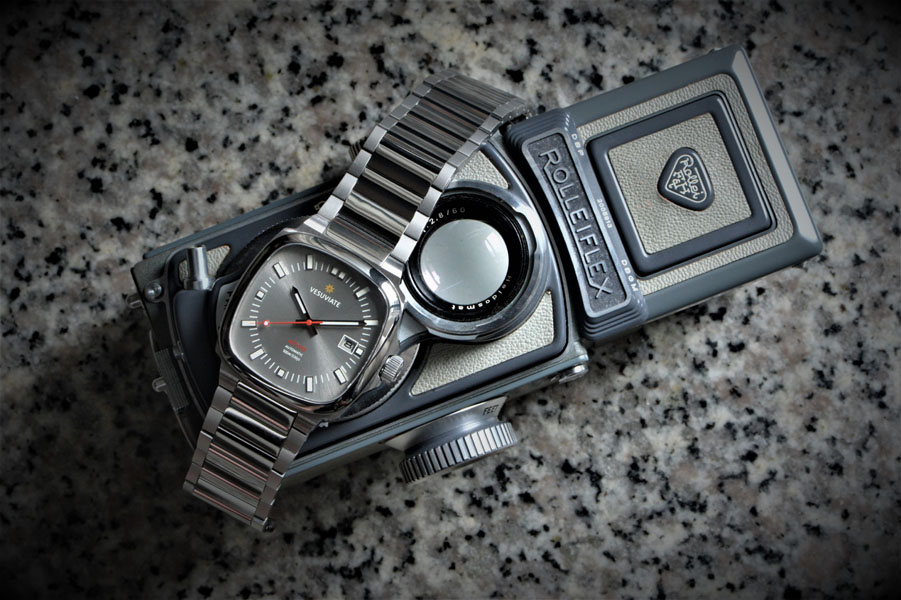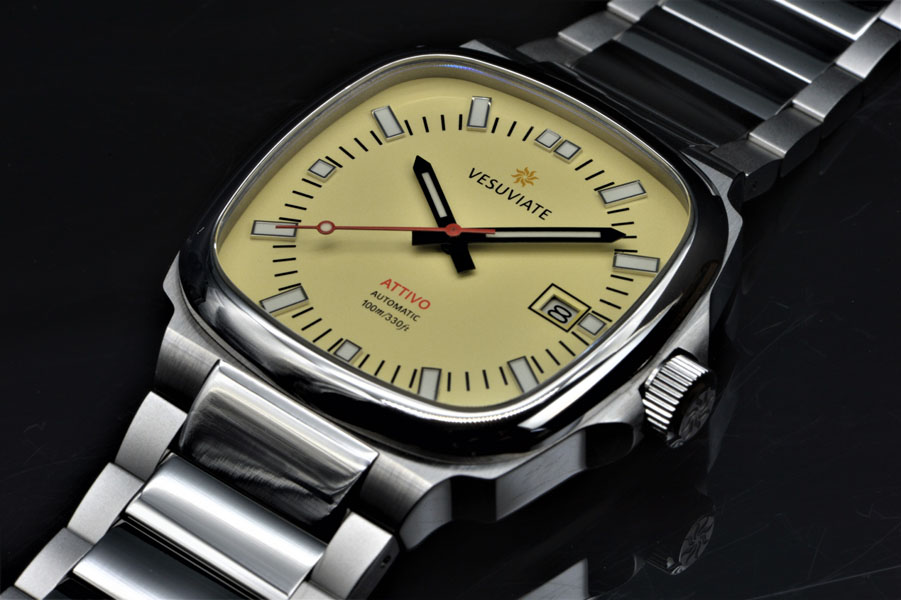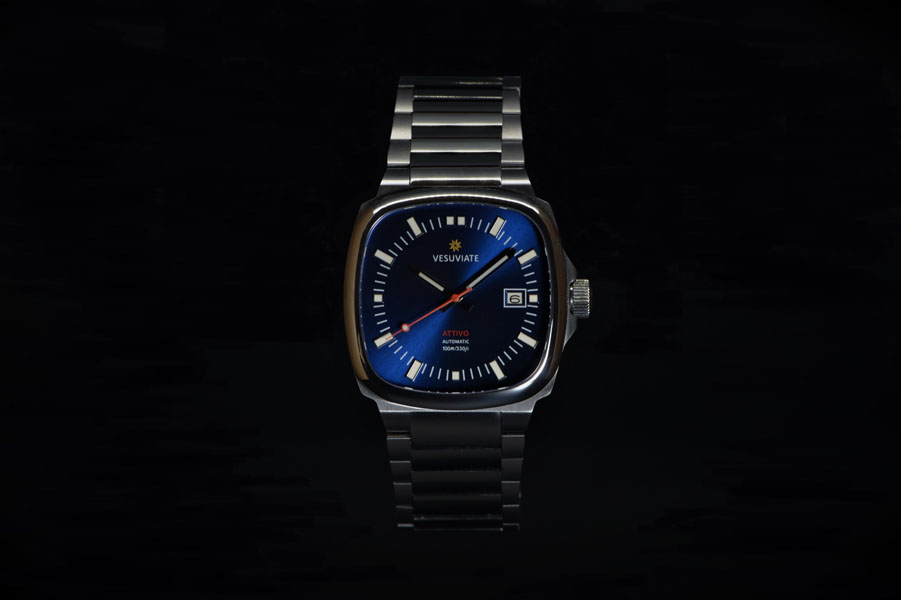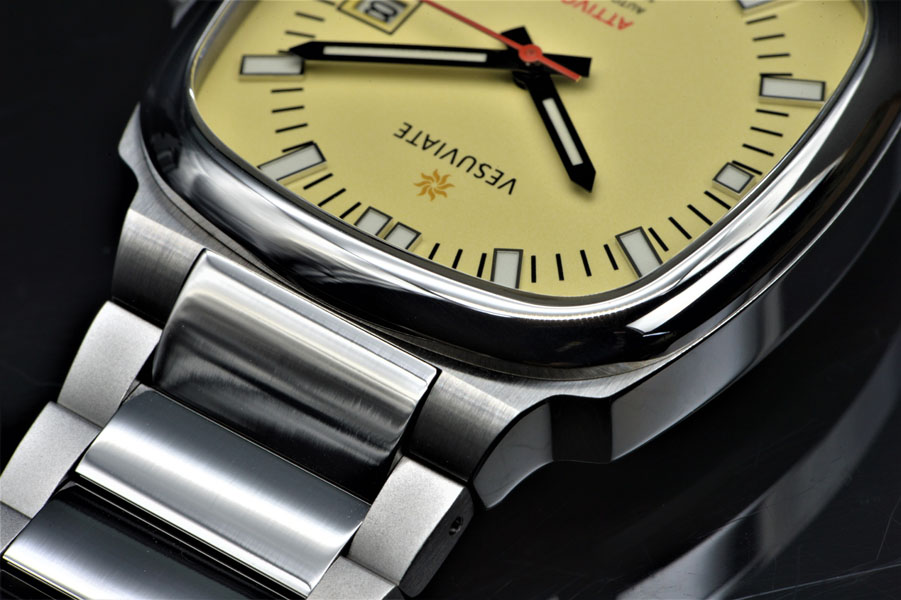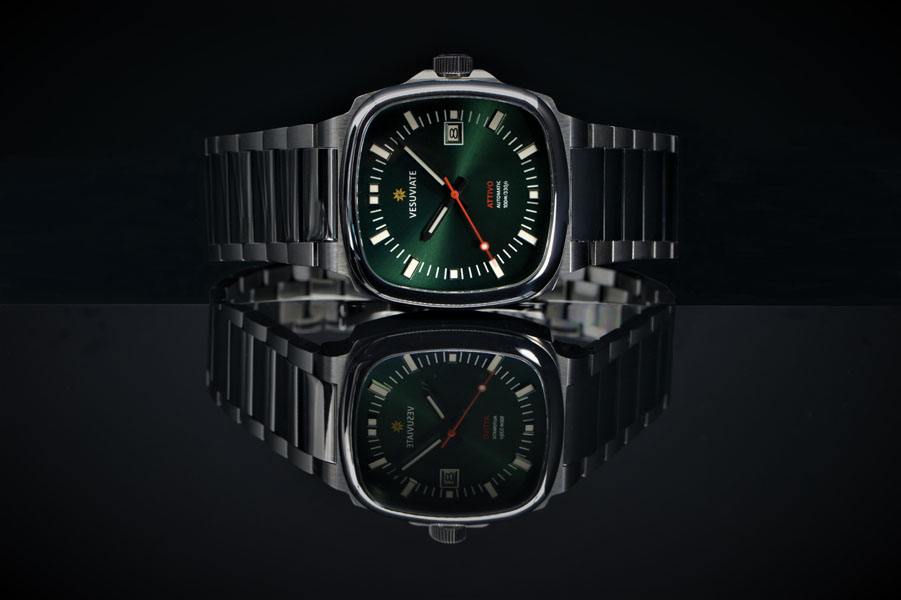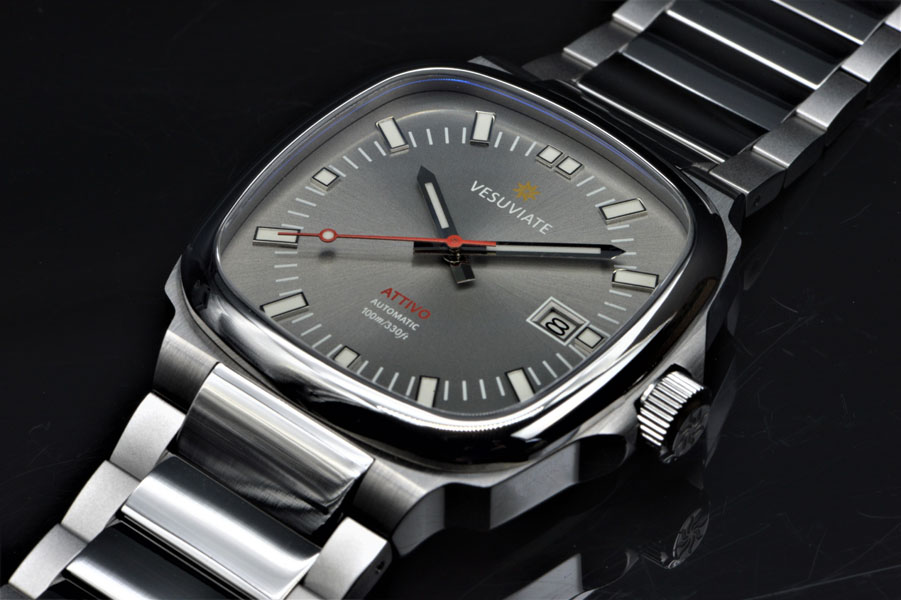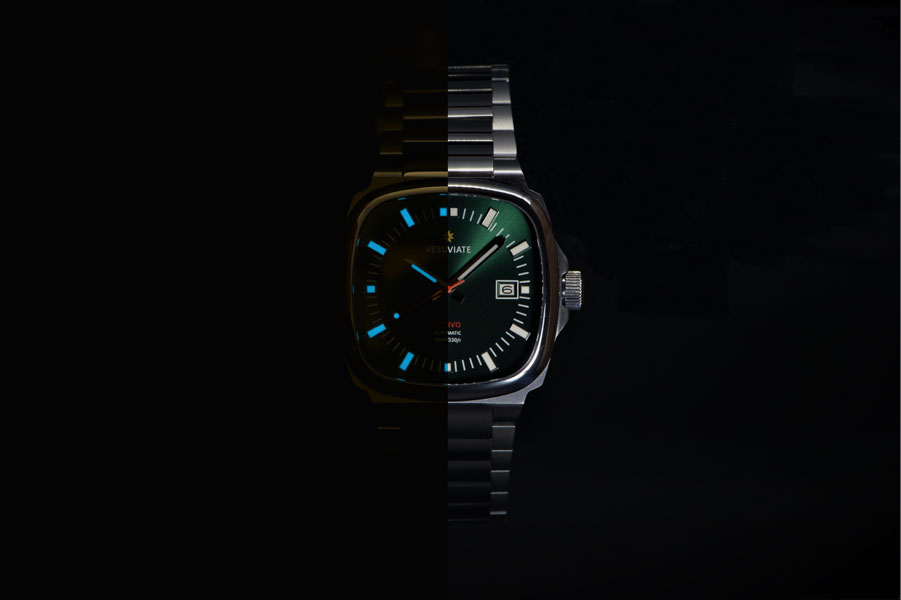FAQ
Our return policy aligns with industry standards observed across various watch brands. Please note that while we offer full refunds for the product, certain fees are non-refundable, including shipping and handling fees (USD50.00) and the transaction fee (5%) incurred by our Payment Processing Platform, which will be the responsibility of the customer.
To be eligible for a refund, the watch must remain unworn and unaltered, showing no signs of use. All items must be returned in their original condition, including all original packaging and accessories such as the watch case and warranty card that were included with the order.
Please be aware that the cost of returning the item will be covered by the customer. We will initiate the refund via PayPal (Note: “PayPal friends and family” is not available in this region, and PayPal will deduct 5–8% depending on the Region) only after we have received and verified the returned package, ensuring it meets our stated criteria. Thank you for your understanding, and if you have any further questions or need assistance with the return process, please don’t hesitate to contact us. Your satisfaction is important to us.
Luminous phosphorescent (in short – Lume) comprises pigments and a binder (i.e., varnish). After mixed, the mixture will be applied with an applicator to “flow” evenly over the hands and markers in one go to achieve a smooth finish (this is unlike paint where you would brush over or spray layers onto the surface and is more like pouring onto the workpiece like pancake batter). To achieve a strong lume, larger particle-sized pigments can be used, but this will make it difficult to achieve a smooth finish; alternatively, we have decided to use top-quality pigments instead. We have therefore chosen to use Super-LumiNova Grade A.
No, the watch is scratch-resistant; we have increased the hardness of the 316L from 222HV to the hardness value of 1,100HV +/- 10% to further improve the wear resistance (i.e., almost five times, which is equivalent to the hardness of hard chrome). In our daily lives, there are many objects that have higher hardness values such as steel tools e.g., the hardened tip of a screwdriver or other tools with applied diamond coating or tungsten carbide (1,600HV) which are as hard as or harder than the watch and can scratch its surface.
Stainless steel 316L with case/surface hardening heat treatment is currently used throughout our current lineup of watches. SS 316L has very low carbon content with a maximum of only 0.035% and has corrosion and magnetic resistance; hence, it is widely used in the food and medical industries, as well as diving equipment and marine applications. Despite its relatively good hardness @ 222HV (HV = Vickers Hardness) compared to the 904L @ 149HV, we have decided to use case hardening heat treatment to harden the surface of the 316L to the hardness value of 1,100HV +/- 10% to improve the wear resistance further. The thermos-chemical process* diffuses nitrogen into the surface of the 316L, bombarding the surface with energetic nitrogen ions, which allow nitrogen ions to diffuse and form a case-hardened surface (Note: This is NOT a “coating” process per se that merely applying a thin layer of covering e.g. powder, epoxy, electroplating or chrome, which supposes to be a “shell” or “skin” over the metal which will eventually peel, crack or flake off due to lack of adhesion between the covering the substrate). Through the heat treatment process, the 316L will not only become more scratch-resistant, but its performance, working lifespan, strain limit, and fatigue strength will also be enhanced, other advantages of this process are the low-temperature range to avoid shape distortion and maintaining 316L corrosion resistance properties. Any alloy, carbon steels, cast irons, stainless steels, Inconel and titanium can be nitride treated by tweaking the temperature and processing time.
*Note. This heat-treating process has existed since the 1920s; however, it only started gaining popularity in the last three decades. Due to its increasing popularity, further developments were made to create a more efficient process that can be accurately controlled with lower costs. Vesuviate Watches is neither the inventor nor the proprietary owner of this industrial heat-treatment process (Disclaimer – The use of such a process does not infringe the Patents or other intellectual property rights of any Third Party).

